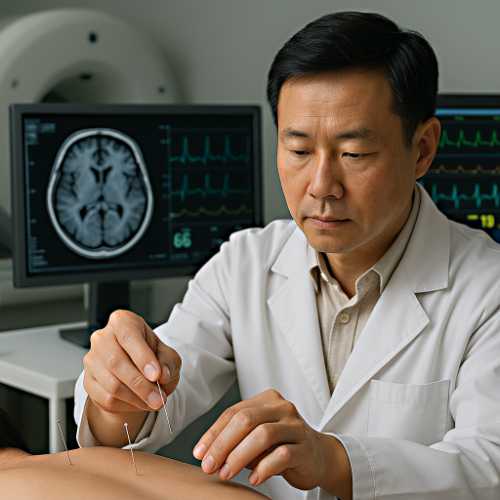Taijiquan: A Powerful Ally for Memory After 50
As the global population ages, cognitive decline has become one of the most pressing health concerns for adults over 50. While many turn to brisk walking or cycling for physical fitness, new research suggests that these activities may fall short in protecting brain function. A recent neuroscience study from May 2025 has revealed that Taiji (T'ai Chi), a centuries-old Chinese mind-body practice, boosts memory by 23% more than walking, offering far-reaching benefits for mental clarity and long-term brain health.
🧠 What the Science Says
About Taiji and Brain Health
Does Taiji really help your memory?
Yes—multiple studies suggest that Taiji improves memory, attention, and overall cognitive function, especially in adults over 50.
Is there scientific proof?
A study in Scientific Reports compared Taiji with traditional aerobic exercise in people with mild cognitive impairment. Taiji showed greater improvements in memory and executive function.
What about long-term brain protection?
A review in Systematic Reviews found that Taiji may slow cognitive decline and reduce dementia risk in older adults. Researchers believe its combination of movement and mental focus helps build cognitive reserve.
How does it work?
Taiji increases levels of BDNF (brain-derived neurotrophic factor), a protein that supports brain cell growth and plasticity. Some studies show this boost is higher than with walking or cycling.
How much do you need to practice?
Just 60 minutes, three times a week, can lead to measurable benefits within 12 weeks. The key is consistency and mindful practice.
What makes Taiji different?
Unlike simple cardio, Taiji blends movement with attention, balance, and breath—engaging both the body and brain.
This finding challenges a long-standing assumption in the fitness world: that all exercise is equally beneficial for the brain. Dr. Sarah Chen, a neuroplasticity expert at Stanford, explains that the brain responds differently depending on the type of movement. Taiji's unique integration of slow, coordinated physical movement with breath awareness and focused attention stimulates areas of the brain responsible for memory and executive function—something traditional cardiovascular activities can't match.
One key factor in Taiji's cognitive advantage is its "dual-task" nature. Practitioners must perform precise motor sequences while maintaining balance, breathing deeply, and staying mentally present. This multi-layered challenge increases the brain's production of BDNF (brain-derived neurotrophic factor), a protein essential for neural growth. Studies show that Taiji increases BDNF by 40% more than walking alone, leading to better memory formation, sharper processing speeds, and enhanced decision-making.
Taiji also improves neuroplasticity, the brain's ability to form new neural connections. Through repeated practice, the brain builds new pathways for movement, balance, and awareness. Imaging studies have confirmed that regular practitioners show increased gray matter density in regions related to learning and memory—after just 12 weeks of practice.
Perhaps most striking is the long-term cognitive protection Taiji offers. A five-year study tracking older adults found that only 2% of regular Taiji practitioners developed dementia, compared to 11% in those who walked or cycled. Moreover, the benefits of Taiji persisted up to 36 weeks after participants stopped practicing, whereas gains from traditional exercise faded after 24 weeks.
Getting started is simple. Experts recommend practicing Taiji three times per week for 60 minutes. Beginners can join community classes or follow online sessions. The emphasis should be on deliberate movement, synchronized with breath, and a mindful state of awareness.
Even if you prefer other forms of exercise, incorporating mindful elements into walking or cycling—such as breath control, coordination drills, or focused attention—can improve their cognitive benefits.
For adults over 50, Taiji offers a gentle yet highly effective way to maintain both physical vitality and mental sharpness. Its low-impact nature makes it especially suitable for aging joints, while its mental demands nourish the brain in ways that other exercises do not.
This ancient practice, long respected for promoting balance and internal harmony, may well be the modern key to preserving memory and mental agility well into later life.







